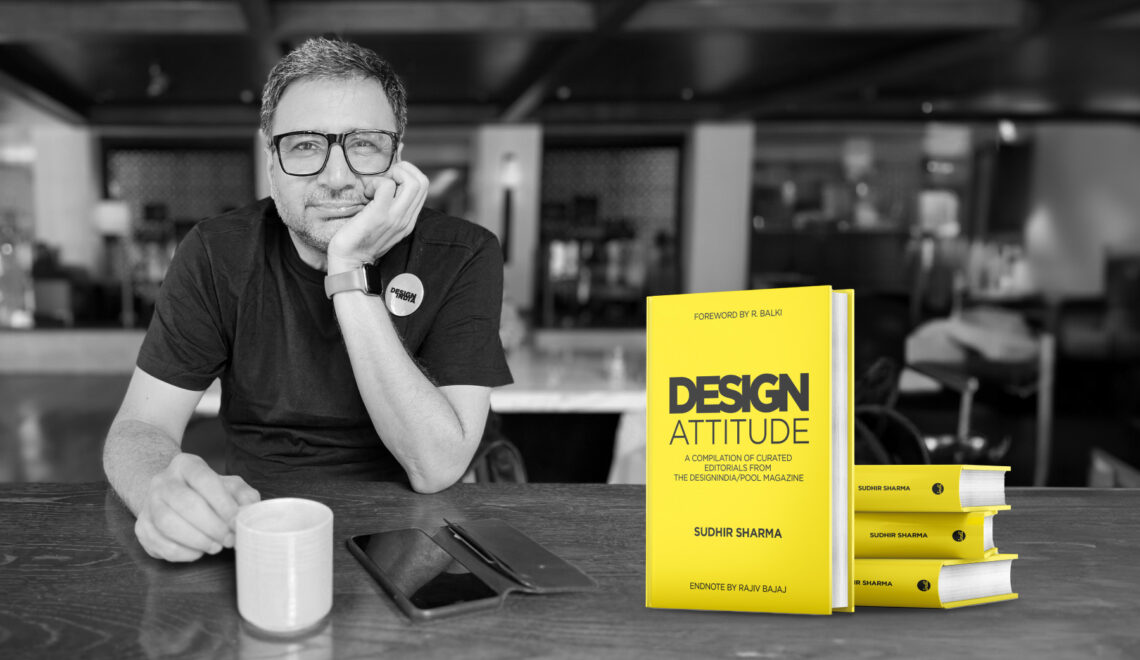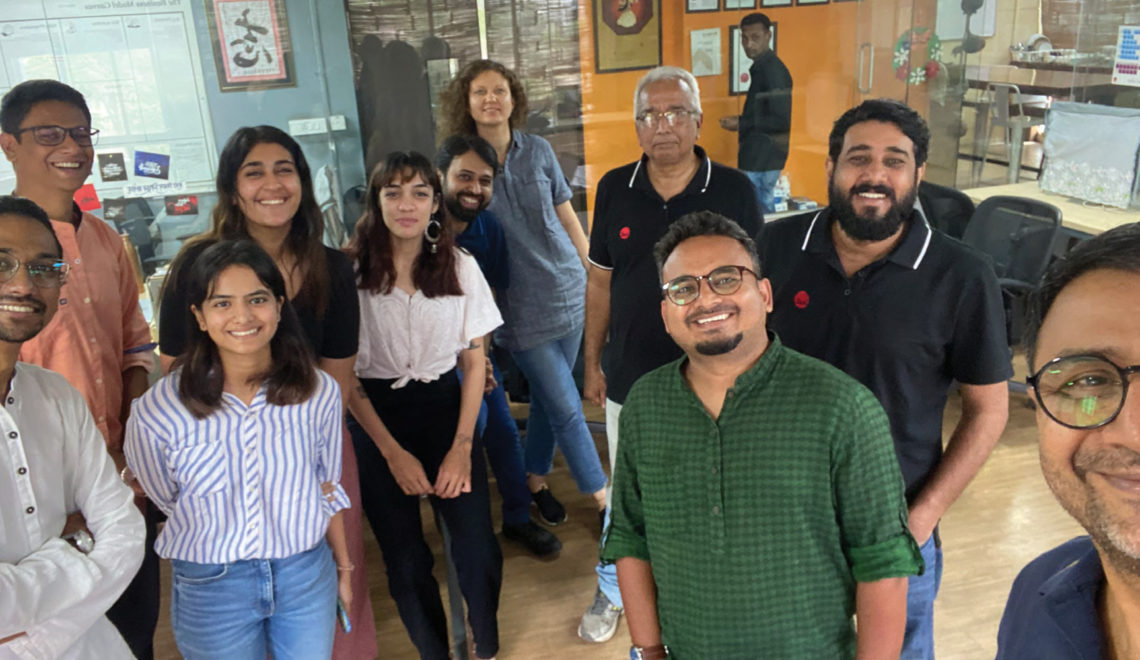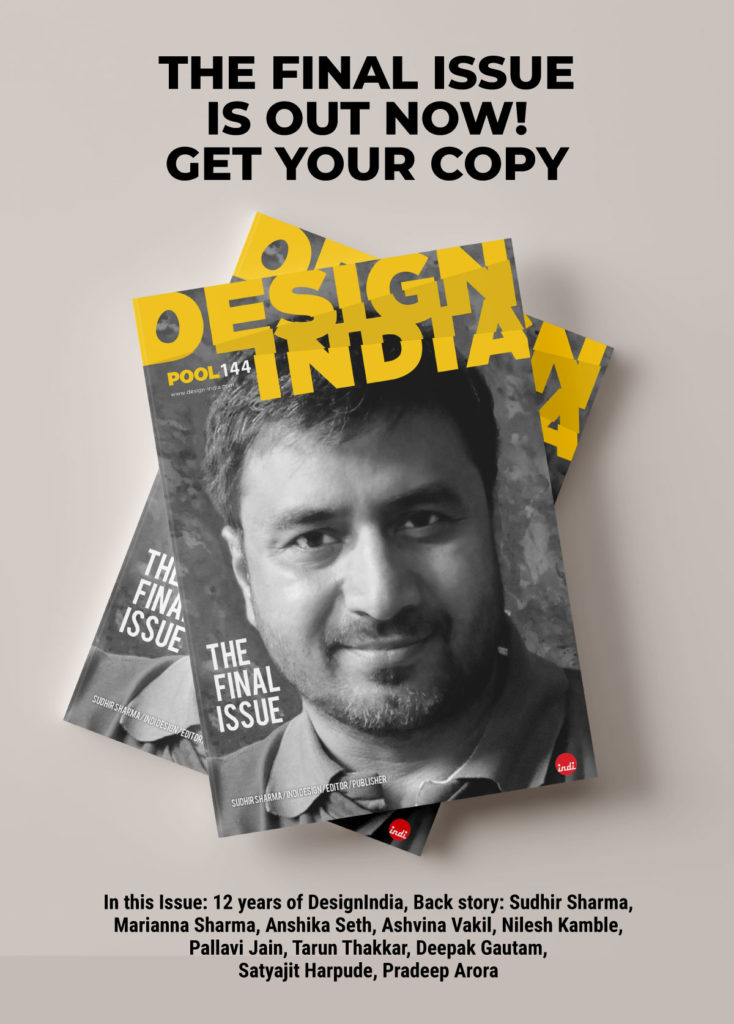
Sudhir Sharma with the most awesome designers of our time; NID 1983 batch reunion at Ahmedabad (Gujarat)
Good is good, but amazing is the best. It is a delight to work with an amazing designer. We all learn the same tools of design at design school; we also get very similar shots at success. However, only a few of us get very far, while others fall into the trap of complaints and cribbing. What they don’t teach us yet at design school, or any school, is the attitude that we need to be amazing. And yes, the final fine difference is only the attitude. I am listing a few pointers here; there are more but you could start with these right away.
Remember, these will not cover up your bad skills or half-knowledge; they will work only if you are already one of the best. Go ahead…become amazing!
1. Own it
You have to treat the company or the place you work at as if you own it. Become a part of decision making, be selfless and look at growing the mission with zeal that matches that of your boss. Be concerned about waste of time and resources; be helpful in making it better.
2. Be brand ambassadors
Look for opportunities for your company, your boss and your colleagues; help them grow with information and resources. Network actively on behalf of your company, see growth as a collective mission and don’t dump it on your boss alone.
3. Change before change is needed
Amazing designers are proactively looking to change procedures and processes even before they become clear to everyone. They anticipate change and give advance warning; they hand-hold through the changes. Changes in time are painless and greatly admired.
4. Be quick to tell as it is
Amazing designers understand that hiding bad news helps no one. They gently break the bad news as soon as they discover it. It is important that damage is controlled, whether it is about delays, or changes in specs, or anything else – they tell the truth asap.
5. Explore and learn
No one expects any one of us to know all. The world is changing fast – technology, information, specs, geography – many things change quickly. Amazing designers have this capacity to learn. They are always seeking new information and learning. They
apply learning in real time. It is always preferable to have a designer who learns rather than a designer who knows.
Yes, it’s true, many of these are part of the ‘Design Thinking’ process, but if you make this a part of your attitude, you become awesome.
Sudhir Sharma, Editor-in-Chief
Get your print copy of POOL 66 from Indipool Shop or read digital version on Magzter right away!

















